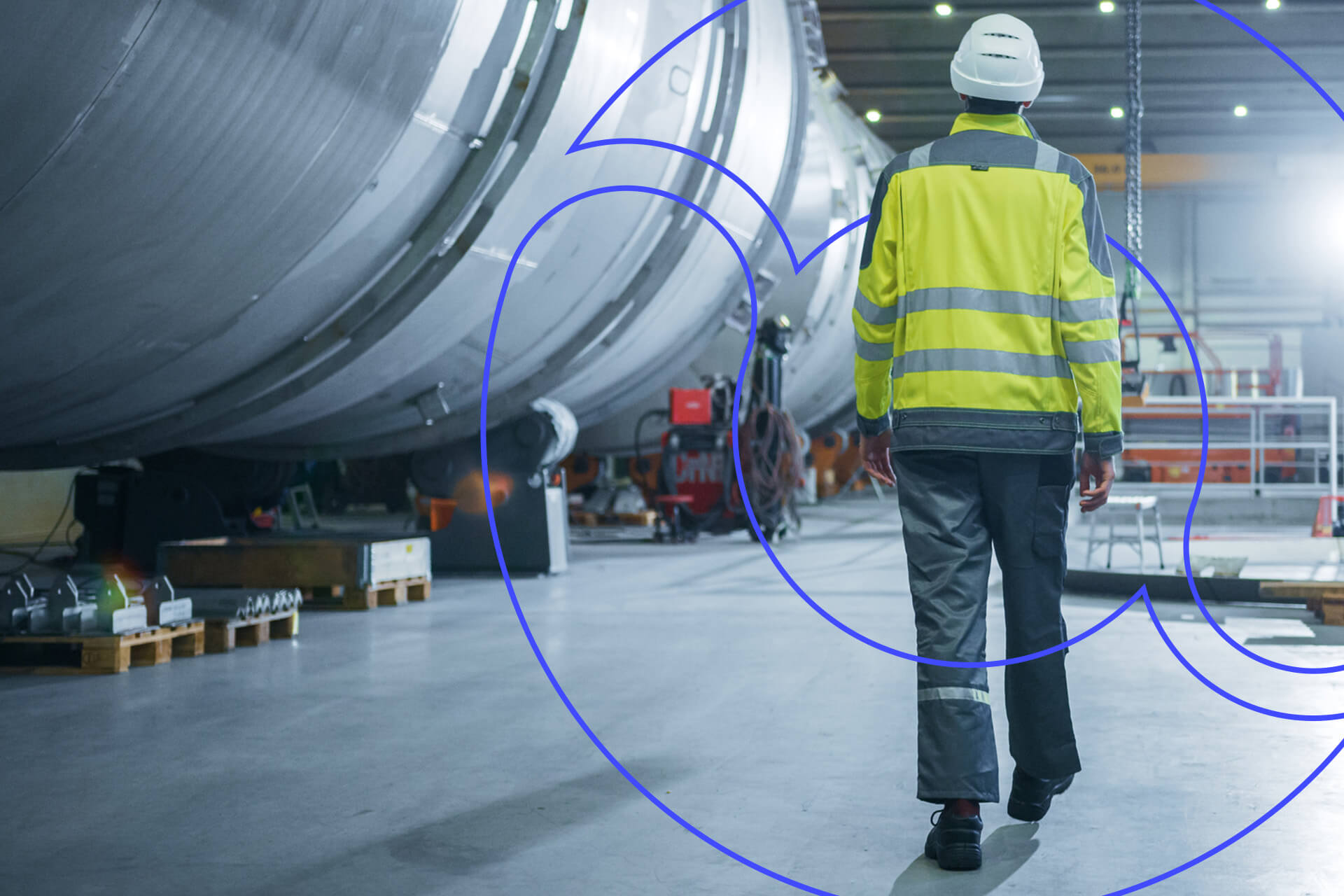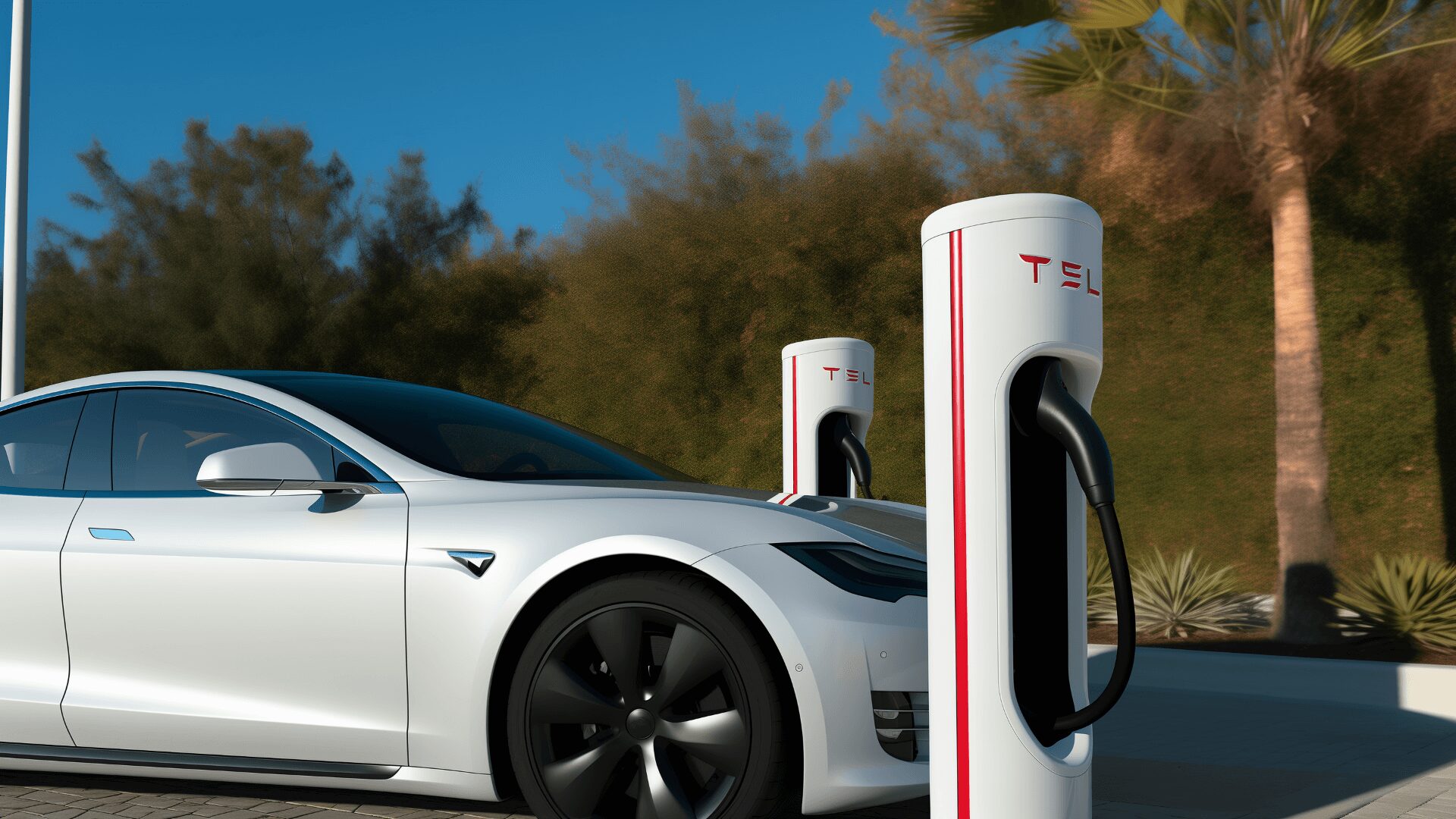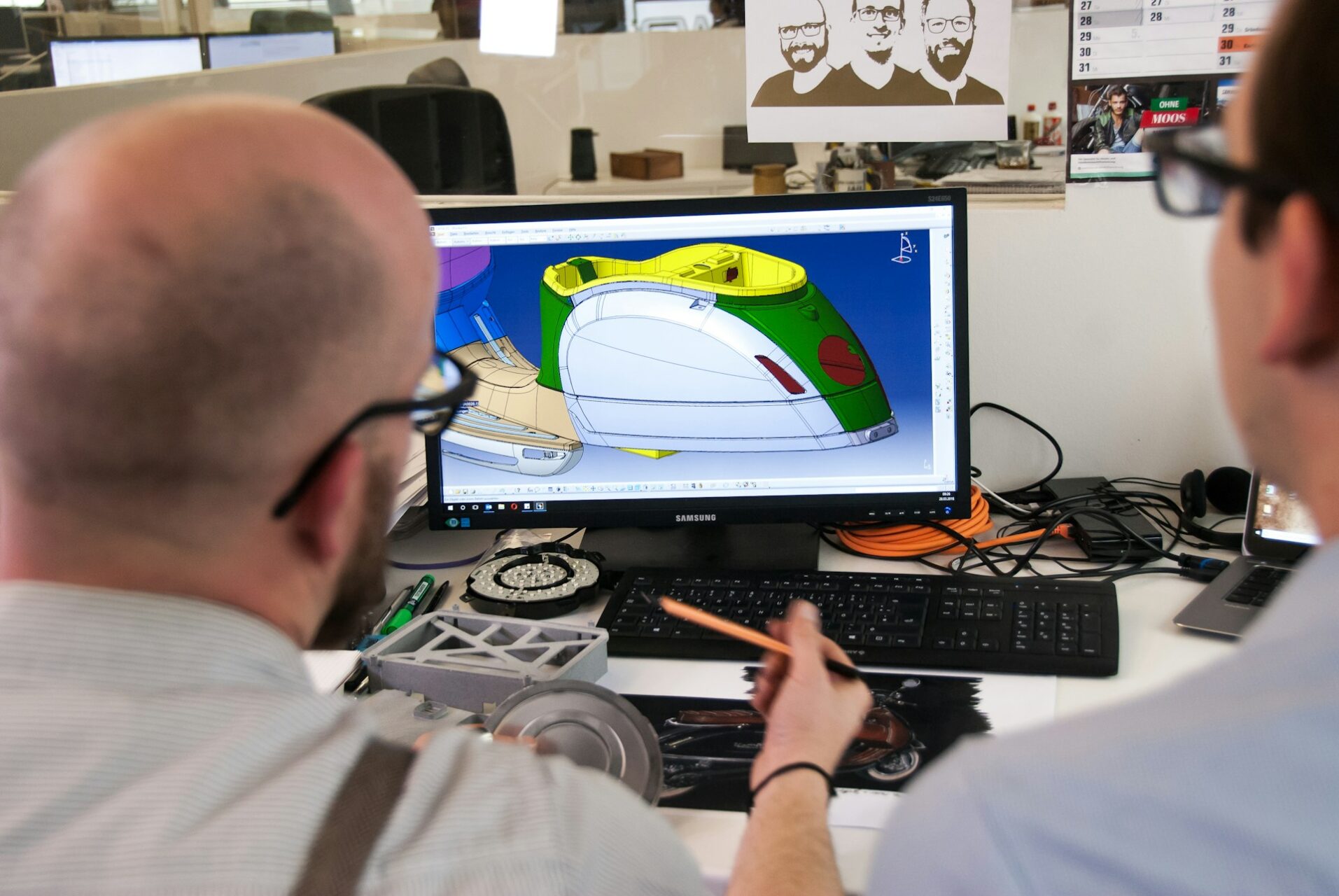
Automotive and Aerospace Advanced Manufacturing Increase Demand
February 15, 2018 - Emily Newton
Revolutionized is reader-supported. When you buy through links on our site, we may earn an affiliate commision. Learn more here.
Automotive and aerospace technologies have increased the call for advanced manufacturing in recent years, as well as the need for skilled individuals to keep these industries running. With the push toward green cars and getting humans to Mars, we can likely expect these industries to continue to grow and thrive. What conditions are creating these growth trends, and what sort of benefits can we expect to see from these trends in the future?
Replacing Lost Automotive Jobs
The manufacturing sector has had a rocky history — between 2000 and 2010, the industry lost more than 5 million jobs, but started to turn around in 2011. Since 2011, the manufacturing sector has created more than 500,000 new jobs, and it is continuing to grow as demand increases. Much of this growth is due to increased opportunities within the United States.
Many companies have taken their operations overseas due to rising labor costs, which leaves a vacuum in the industry these companies are stepping up to fill. Global vehicle production is also at an all-time high, and expected to continue to grow in the next couple of years. China is at the front of the pack and is expected to produce more than 30 million cars annually by 2020. Globally, vehicle production is expected to reach more than 100 million cars annually by that year.
The direct link between the automotive industry and the economy of a given country has been observed countless times around the world. It doesn’t matter which country we’re talking about — if the automotive industry takes a nosedive, so does the country’s GDP and vise versa. As the automotive industry goes, so goes the country.
Expanding Aerospace Cooperation
The majority of the aerospace industry is currently dominated by countries in Europe and North America but other countries are starting to add their skills and talents to the global pool of aerospace engineers. Specifically, Brazil, China and India are all in position to start becoming aerospace powers in their own right.
Aerospace manufacturing is one of the fastest-growing industries in the world — in the United States, it’s barely behind petroleum and coal products in terms of average wages. In the U.S., an average of 624,000 employees work in the aerospace industry alone, and that number is growing every year. These industries are even expected to grow faster than the military in the Asian-Pacific and Latin American countries.
The United States has already made some fantastic advances, in both the public and private sectors. SpaceX is preparing for the launch of its first Falcon Heavy rocket, which will carry supplies, satellites and eventually astronauts. The advances SpaceX alone is making in reusable rocket supplies could lead to a total change in how we travel around the world. SpaceX’s BFR (Big F****** Rocket) is designed to shorten a round-the-world flight to 30 minutes.
Merging the Two Industries
Previously, automotive and aerospace technologies were considered two separate entities save for the occasional technological crossover like aerodynamic technologies used in car manufacture. This is starting to change as more advanced manufacturing techniques become applicable to both industries.
Elon Musk, the head of both the Tesla car company and the SpaceX aerospace company, is a prime example of this kind of technological merging. Musk is the head of two of the hottest companies in the world, with one foot securely in each industry. He also has his fingers in infrastructure (in the form of The Boring Company) and even the solar industry in the form of his Tesla solar shingles.
Solar, in all its forms, is the fastest-growing industry in the country, growing upwards of 12 times faster than every other industry in the country. Unfortunately, recent tariffs imposed by the U.S. government are threatening to hobble the solar manufacturing industry in the United States — it could potentially reverse the last few years of growth in the manufacturing industry.
Nonetheless, the aerospace and automotive industries are continuing to grow, working hand in hand to provide jobs, create new technologies and eventually take us to Mars and beyond. In the future, as long as things like the Trump-implemented solar tariff aren’t allowed to continue jeopardizing industry growth, we could potentially see both these and related industries continue to grow in the coming years.
Revolutionized is reader-supported. When you buy through links on our site, we may earn an affiliate commision. Learn more here.
Author
Emily Newton
Emily Newton is a technology and industrial journalist and the Editor in Chief of Revolutionized. She manages the sites publishing schedule, SEO optimization and content strategy. Emily enjoys writing and researching articles about how technology is changing every industry. When she isn't working, Emily enjoys playing video games or curling up with a good book.




